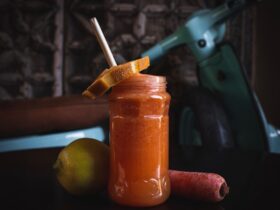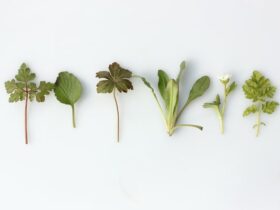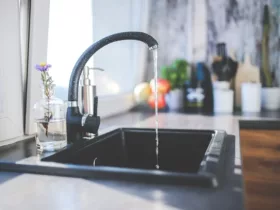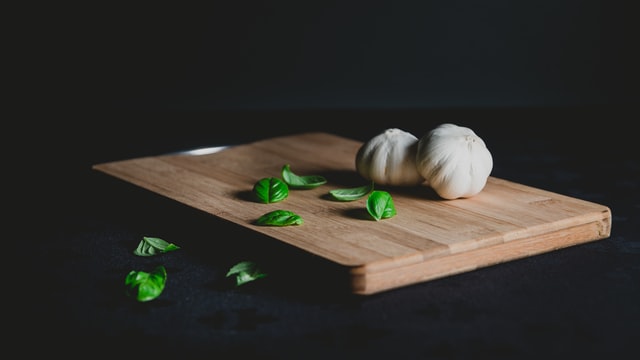Cutting boards are a kitchen essential. Whether you’re working with wood or plastic, they can help you keep your countertops clean while you’re cooking, and they make it easy to move chopped ingredients straight into the pot or pan. But cutting boards get dirty. And if they’re not cleaned properly, they can become bacteria-laden kitchen hazards.
From the most delicate sushi grade to the toughest butcher block, all cutting boards can benefit from extra care.
If you’ve noticed your cutting board looking a little worse for wear, or have just started using a new one and want it to last as long as possible, here are some tips for keeping it clean and in good condition.
- Plastic cutting boards:
Clean the surface with mild dish soap and hot water, then sanitize by spraying with a solution of one tablespoon bleach per gallon of water. Let sit for two minutes and rinse thoroughly with hot water.
For tougher stains and odors, you can use a paste made by mixing 1 part baking soda with 2 parts water. Scrub this mixture onto the surface of your cutting board, then rinse well with hot water.
Keep your plastic cutting board smelling fresh by sprinkling it with salt after each use, letting it sit overnight, then rinsing it off with hot water in the morning.
- Wooden cutting boards:
Clean wooden cutting boards after every use with hot water and a mild dish soap. Rinse thoroughly with hot water immediately after cleaning and dry completely.
If there are any deep stains or discoloration on your wooden cutting board, try scrubbing it with a paste made by mixing 3 parts baking soda with 1 part water. Scrub the solution onto the stained area using a small brush.
If the wood starts to look dry after repeated scrubbings, rub it down with mineral oil using a paper towel. You can also freshen up the wood by rubbing it down with half a lemon dipped in coarse salt.























Leave a Reply